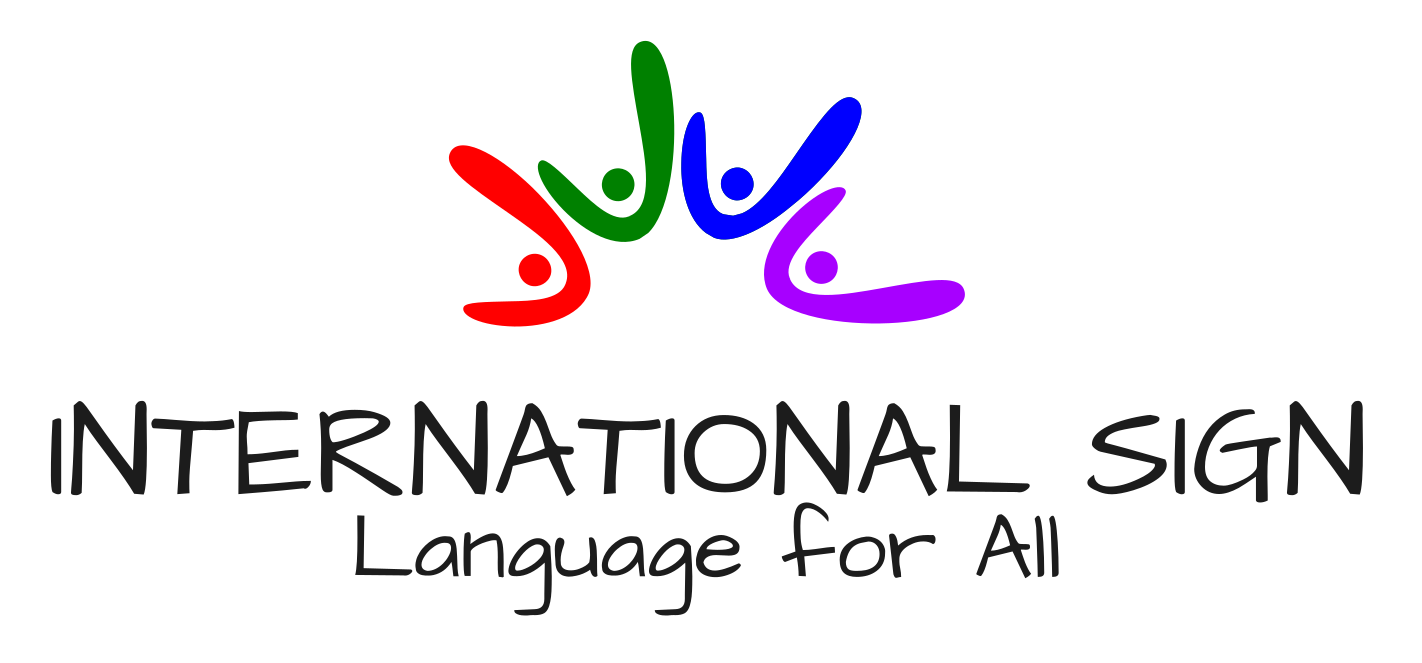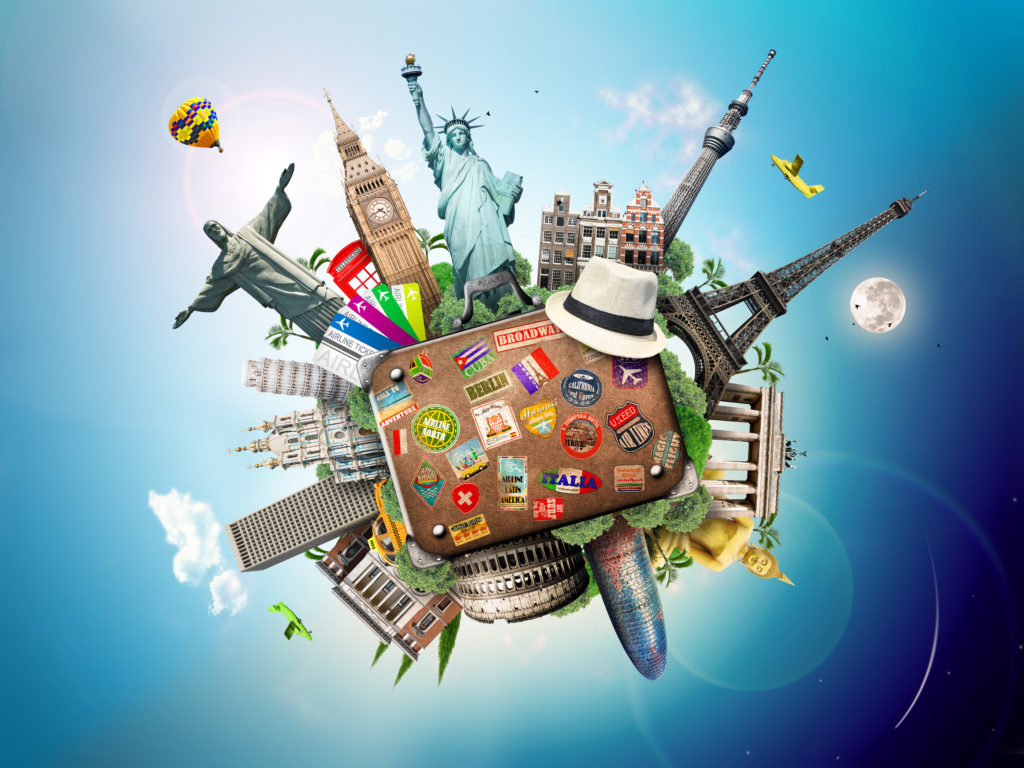International Sign Language (IS) plays a crucial role in facilitating global Deaf communication. Here are some key benefits:
Cross-Cultural Communication: IS enables communication across linguistic and cultural boundaries. Deaf individuals from different countries, each drawing from their own native sign languages, can effectively communicate using IS. This fosters a sense of global unity and allows for cross-cultural exchange.
Inclusive Communication: IS promotes inclusivity by providing a common ground for communication among Deaf individuals, and even ASL interpreters, from diverse backgrounds. In situations where spoken languages may differ, IS serves as a bridge that ensures everyone has equal access to information and can actively participate in conversations.
Accessibility in International Settings: In international conferences, events, and gatherings, participants often speak different languages. IS serves as a practical solution for ensuring that Deaf individuals can fully engage and contribute to discussions, presentations, and social interactions without language barriers.
Ease of Learning: IS can be relatively easy to learn, particularly if you are already fluent in your own national sign language. This facilitates quick and effective communication, even among people who may not share a common spoken language.
Professional Collaboration: In professional settings, such as collaborative projects, research initiatives, or business meetings, IS enhances communication between Deaf professionals who may come from different language backgrounds. This facilitates effective collaboration and teamwork on a global scale.
Education and Academic Exchanges: IS is valuable in educational settings, particularly in international schools or programs where students from various countries come together. It allows for seamless communication between Deaf students, teachers, and researchers, promoting a conducive learning environment.
Global Advocacy: ISL is a powerful tool for global advocacy on issues affecting the Deaf community. Deaf activists, organizations, and advocates can use IS to communicate their messages internationally, raising awareness about deaf rights, accessibility, and inclusivity.
Cultural Exchange: Through International Sign Language, Deaf individuals can share and exchange aspects of their culture with others from different parts of the world. This fosters a deeper understanding and appreciation of the diversity within the global deaf community.
Emergency Situations: In emergency situations, where clear and quick communication is vital, IS can be a valuable means of conveying important information. This is especially relevant in international contexts where multiple languages may be spoken.
Enhanced Social Connections: IS facilitates social interactions and connections among deaf individuals globally. Whether online or in person, IS allows for meaningful conversations, friendships, and social bonds to form across borders.
In summary, International Sign Language significantly contributes to breaking down communication barriers, fostering a more inclusive and connected global community for deaf individuals. It serves as a medium through which they can share experiences, ideas, and culture with people from diverse linguistic and cultural backgrounds.







